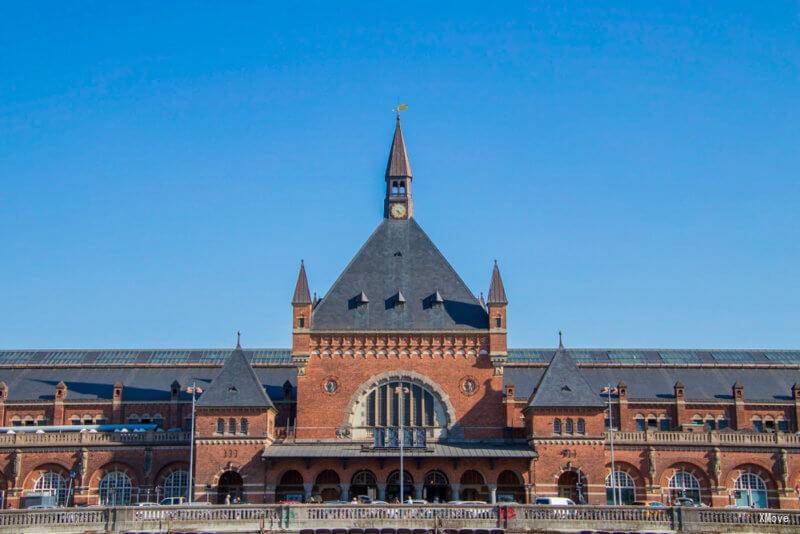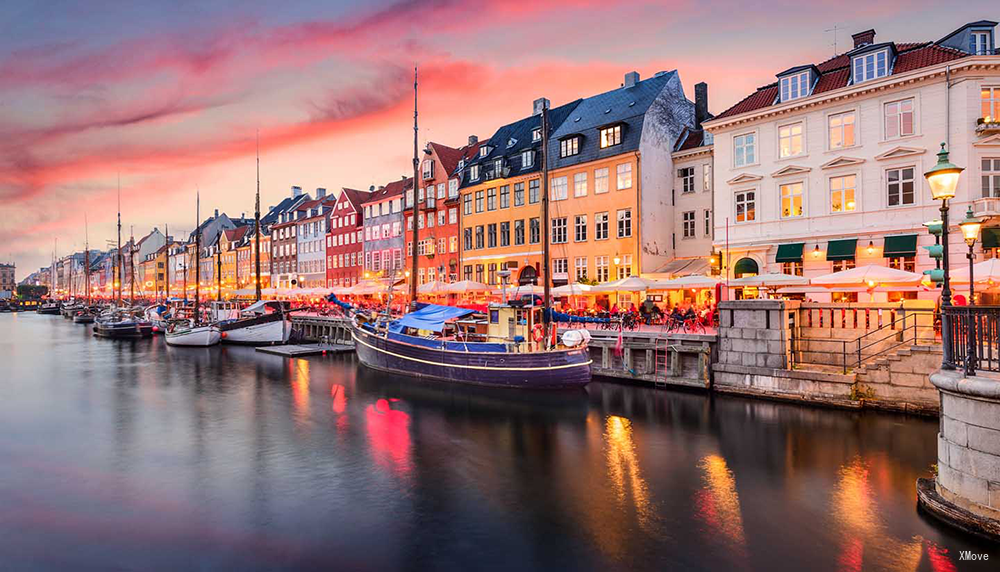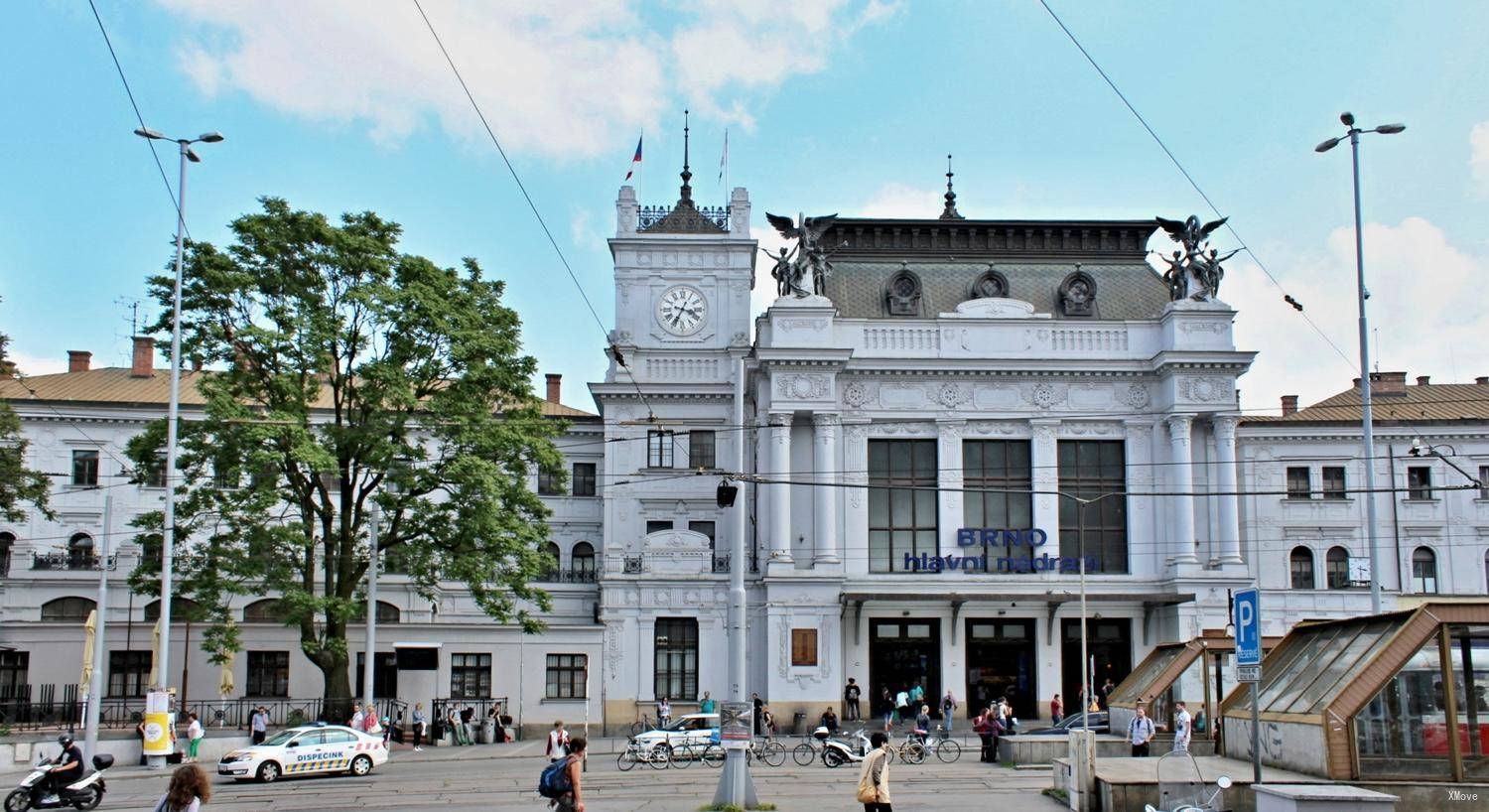Köbenhavn H to Brno Central: Trains, Buses, Fares, Today's Connections, Routes, Duration, Types of Trains, Station Guides, Tips, Journey
Denmark Train Tickets
Train schedule Köbenhavn H to Brno Central(Brno Hl.N.)
Popular train routes departing from Köbenhavn H
* Augsburg Central(Augsburg Hbf)
* Interlaken Ost
* Luebeck Hbf(Lübeck Hbf)
* Hamburg Central(Hamburg Hbf)
* Duesseldorf Hbf(Düsseldorf Hbf)
* Odense St.
* Wesel
Popular train routes arriving in Köbenhavn H
* Malmoe Central(Malmö C)
* Mannheim Central(Mannheim Hbf)
* Warendorf
* Frankfurt
* Chur
* Wismar
* Sylt Ost, Sportanlage
Popular train routes departing from Brno Central(Brno Hl.N.)
* Hamburg Central(Hamburg Hbf)
* Nykøbing Falster
* Bremen Central(Bremen Hbf)
* Cottbus(Cottbus Hbf)
* Bensheim
* Zlin Malenovice
* Schoena(Schöna)
Popular train routes arriving in Brno Central(Brno Hl.N.)
* Hannover Central(Hannover Hbf)
* Krakow Głowny(Kraków Główny)
* Wernigerode(Wernigerode Hbf)
* Hannover Airport(Hannover Flughafen)
* Magdeburg Rothensee
* Flensburg
* Spisska Nova Ves(Spišská Nová Ves)

Köbenhavn H
Located in the city centre, all trains pass through this station or start here. There are many cities in Denmark that can be reached by trains. In addition to the Danish cities, there are also famous cities such as Malmö in Sweden, Hamburg in Germany and Amsterdam in the Netherlands. All light rail express trains (except F line) all pass this site
There are many trains from Copenhagen to various cities in Denmark. There are trains to all parts of the country, including 12 minutes to the airport, and some important attractions, City Hall, pedestrian street, round tower and port are all within walking distance. Going to the little mermaid is relatively far away.
The international route is Copenhagen → Hamburg, passing through Lübeck. Or the night train departs from Copenhagen to Hamburg, Amsterdam, Frankfurt, Dresden, Prague and other places, or express trains to the Nordic cities of Gatpo Stockholm.
Köbenhavn H - Station Guide | Departures and Arrivals | Popular Routes
Copenhagen (Danish: København [kʰøpm̩ˈhaʊ̯ˀn] ) is the capital and most populous city of Denmark. As of July 2018, the city has a population of 777,218 (616,098 in Copenhagen Municipality, 103,914 in Frederiksberg Municipality, 43,005 in Tårnby Municipality, and 14,201 in Dragør Municipality). It forms the core of the wider urban area of Copenhagen (population 1,320,629) and the Copenhagen metropolitan area (population 2,057,737). Copenhagen is situated on the eastern coast of the island of Zealand; another small portion of the city is located on Amager, and it is separated from Malmö, Sweden, by the strait of Øresund. The Øresund Bridge connects the two cities by rail and road. Originally a Viking fishing village established in the 10th century in the vicinity of what is now Gammel Strand, Copenhagen became the capital of Denmark in the early 15th century. Beginning in the 17th century it consolidated its position as a regional centre of power with its institutions, defences and armed forces. After a plague outbreak and fire in the 18th century, the city underwent a period of redevelopment. This included construction of the prestigious district of Frederiksstaden and founding of such cultural institutions as the Royal Theatre and the Royal Academy of Fine Arts. After further disasters in the early 19th century when Horatio Nelson attacked the Dano-Norwegian fleet and bombarded the city, rebuilding during the Danish Golden Age brought a Neoclassical look to Copenhagen's architecture. Later, following the Second World War, the Finger Plan fostered the development of housing and businesses along the five urban railway routes stretching out from the city centre. Since the turn of the 21st century, Copenhagen has seen strong urban and cultural development, facilitated by investment in its institutions and infrastructure. The city is the cultural, economic and governmental centre of Denmark; it is one of the major financial centres of Northern Europe with the Copenhagen Stock Exchange. Copenhagen's economy has seen rapid developments in the service sector, especially through initiatives in information technology, pharmaceuticals and clean technology. Since the completion of the Øresund Bridge, Copenhagen has become increasingly integrated with the Swedish province of Scania and its largest city, Malmö, forming the Øresund Region. With a number of bridges connecting the various districts, the cityscape is characterised by parks, promenades and waterfronts. Copenhagen's landmarks such as Tivoli Gardens, The Little Mermaid statue, the Amalienborg and Christiansborg palaces, Rosenborg Castle Gardens, Frederik's Church, and many museums, restaurants and nightclubs are significant tourist attractions. The largest lake of Denmark, Arresø, lies around 27 miles (43 kilometers) northwest of the City Hall Square. Copenhagen is home to the University of Copenhagen, the Technical University of Denmark, Copenhagen Business School and the IT University of Copenhagen. The University of Copenhagen, founded in 1479, is the oldest university in Denmark. Copenhagen is home to the FC København and Brøndby football clubs. The annual Copenhagen Marathon was established in 1980. Copenhagen is one of the most bicycle-friendly cities in the world. The Copenhagen Metro launched in 2002 serves central Copenhagen. The Copenhagen Metro is scheduled to expand radically with the opening of the City-ring line during fall 2019, the new line will connect all inner boroughs of the city by metro, including The Central Station, and will open up 17 new stations for Copenhageners. The new metro line is a part of the city's strategy to transform mobility towards sustainable modes of transport such as public transport and cycling as opposed to automobility. Additionally the Copenhagen S-train, the Lokaltog (private railway) and the Coast Line network serves and connects central Copenhagen to outlying boroughs. The Copenhagen-Ringsted Line will relieve traffic congestion in the corridor between Roskilde and Copenhagen. Serving roughly two million passengers a month, Copenhagen Airport, Kastrup, is the busiest airport in the Nordic countries.
Copenhagen - Guide, Attractions, Tours, Sightseeings | Train from/to Copenhagen | Popular RoutesBrno ( BUR-noh, Czech: [ˈbr̩no] ; German: Brünn [bʁʏn]) is a city in the South Moravian Region of the Czech Republic. Located at the confluence of the Svitava and Svratka rivers, Brno has about 400,000 inhabitants, making it the second-largest city in the Czech Republic after the capital, Prague.Brno is the seat of the Constitutional Court, the Supreme Court, the Supreme Administrative Court, and the Supreme Public Prosecutor's Office, and a number of state authorities, including the Ombudsman, and the Office for the Protection of Competition. Brno is also an important centre of higher education, with 33 faculties belonging to 13 institutes of higher learning and about 89,000 students.Brno Exhibition Centre ranks among the largest exhibition centres in Europe. The complex opened in 1928 and established the tradition of large exhibitions and trade fairs held in Brno. Brno hosts motorbike and other races on the Masaryk Circuit, a tradition established in 1930, in which the Road Racing World Championship Grand Prix is one of the most prestigious races. Another cultural tradition is an international fireworks competition, Ignis Brunensis, that attracts tens of thousands of daily visitors.The most visited sights of the city include the Špilberk castle and fortress and the Cathedral of Saints Peter and Paul on Petrov hill, two medieval buildings that dominate the cityscape and are often depicted as its traditional symbols. The other large preserved castle near the city is Veveří Castle by Brno Reservoir. Another architectural monument of Brno is the functionalist Villa Tugendhat which has been included on the UNESCO list of World Heritage Sites. One of the natural sights nearby is the Moravian Karst. The city is a member of the UNESCO Creative Cities Network and has been designated as a "City of Music" in 2017.
Brno - Guide, Attractions, Tours, Sightseeings | Train from/to Brno | Popular Routes
Denmark Train Tickets
Hot Journeys
* London(London) -> Paris
* Lisbon(Lisboa) -> Porto(Porto)
* Dusseldorf(Düsseldorf) -> Munich(Müchen)
* Turin(Torino) -> Milan
* Rome(Roma) -> Venice(Venezia)
* Florence -> Prato(Prato)
* Venice(Venezia) -> Rome(Roma)
* La Spezia(La Spezia) -> Manarola
* Frankfurt -> Berlin(Berlin)
* Stuttgart -> Frankfurt Airport(Frankfurt Flughafen)
* Madrid(Madrid) -> Barcelona
* Munich(Müchen) -> Berlin(Berlin)
* Brussels(Bruxelles) -> Paris
* Stuttgart -> Frankfurt
* Lucerne(Luzern) -> Interlaken
* London(London) -> Edinburg
* Munich(Müchen) -> Berlin(Berlin)
* Nice -> Milan
* Interlaken -> Swiss Alps Jungfrau Aletsch
* Milan -> Florence
* Helsinki(Helsinki) -> Rovaniemi(Rovaniemi)
* Barcelona -> Madrid(Madrid)
* Venice(Venezia) -> Bologna
* Rome(Roma) -> Florence
* Prato(Prato) -> Florence
* Kyoto(京都) -> Tokyo(東京)
* Paris -> Munich(Müchen)




